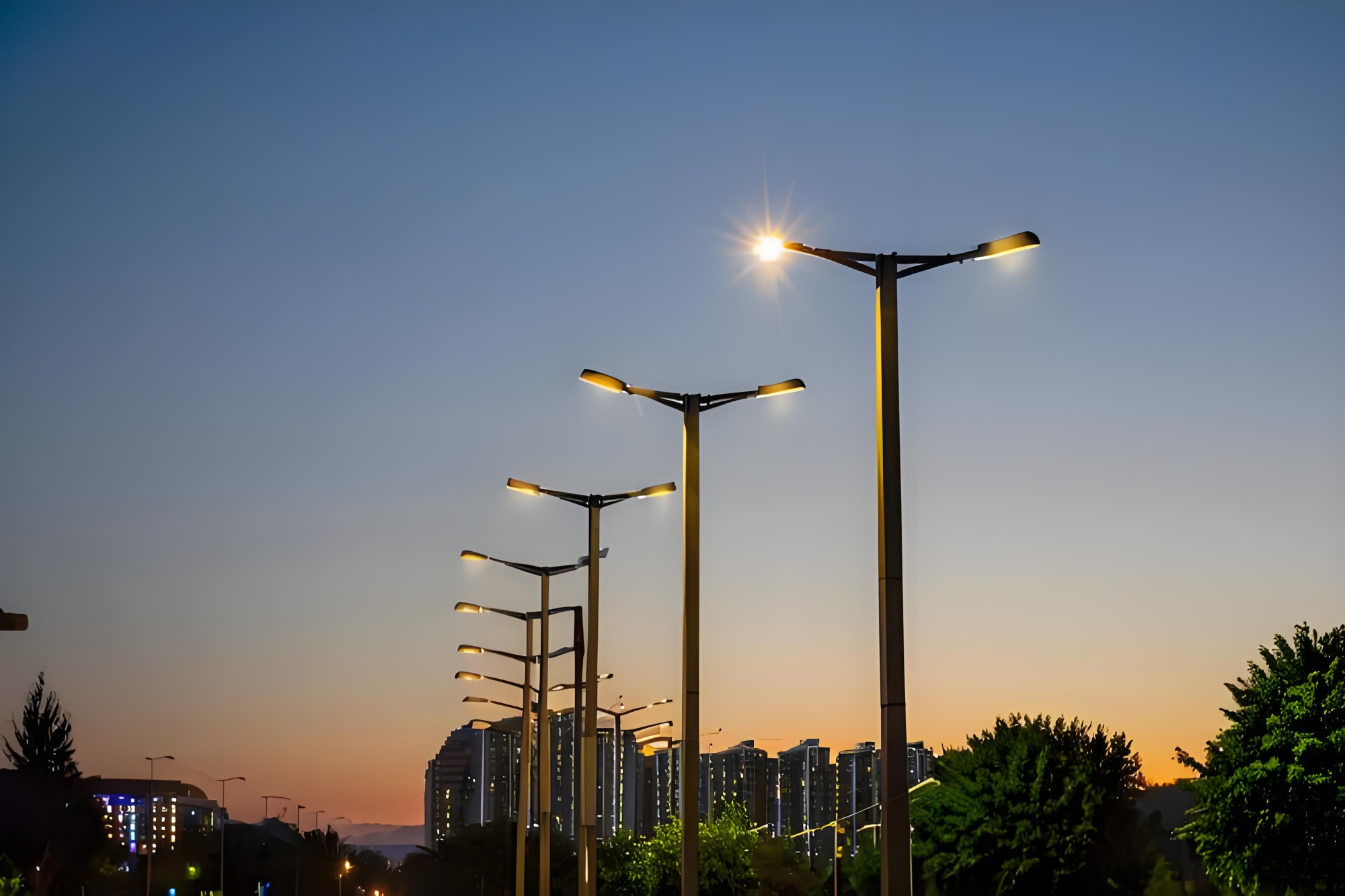Urban street light
smart lighting control systems represent a significant advancement in city infrastructure, enabling efficient energy use, enhanced public safety, and improved urban management. This article focuses on the hardware configuration of these systems, detailing the key components and their roles in creating an intelligent, adaptable, and sustainable lighting solution for modern cities. By exploring the hardware elements, this paper aims to provide a comprehensive understanding of the technical foundation upon which
smart lighting control systems are built.
Introduction:
Smart lighting control systems for urban street lights leverage advanced technologies such as the Internet of Things (IoT), sensors, and artificial intelligence (AI) to optimize lighting performance and reduce energy consumption. The hardware configuration of these systems is crucial in ensuring seamless operation, reliable communication, and efficient energy management. This article delves into the essential hardware components that constitute a typical smart lighting control system for urban street lights.
Key Hardware Components:
Smart Lighting Controllers:
At the core of the system, smart lighting controllers are responsible for managing the operation of individual street lights. These controllers receive signals from central management systems and adjust lighting parameters such as brightness, color temperature, and on/off status in real-time.
Sensors:
Sensors play a vital role in gathering data on ambient light levels, pedestrian and vehicular activity, and environmental conditions. This data is used by the smart lighting controllers to make informed decisions about lighting adjustments, ensuring optimal illumination while conserving energy.
Communication Modules:
Communication modules, such as ZigBee, LoRa, or NB-IoT, enable seamless connectivity between smart lighting controllers, sensors, and the central management system. These modules facilitate the transmission of data and control signals, ensuring real-time monitoring and management of the lighting system.

Central Management System:
The central management system serves as the command center for the smart lighting control system. It receives data from sensors and controllers, analyzes the information, and sends control signals to adjust lighting parameters. The system may also integrate with other smart city infrastructure, such as traffic management and environmental monitoring systems, to enhance overall urban management.
Power Supply and Energy Management Systems:
Smart lighting control systems often incorporate advanced power supply and energy management systems. These systems ensure efficient energy use, protect against power surges and outages, and may include renewable energy sources such as solar panels or wind turbines to further reduce energy consumption and costs.
User Interfaces and Mobile Applications:
To facilitate easy management and monitoring,
smart lighting control systems may include user interfaces and mobile applications. These tools allow city authorities and maintenance personnel to access real-time data, adjust lighting settings, and receive alerts for maintenance or repairs.
Integration and Interoperability:
A key aspect of the hardware configuration of
smart lighting control systems is integration and interoperability. The various components must work seamlessly together to ensure efficient operation and management. This requires careful selection of compatible hardware, adherence to industry standards, and thorough testing to ensure system reliability and performance.
The hardware configuration of urban street light
smart lighting control systems is crucial in enabling efficient energy use, enhanced public safety, and improved urban management. By integrating smart lighting controllers, sensors, communication modules, central management systems, power supply and energy management systems, and user interfaces, these systems provide a comprehensive solution for modern city lighting needs. As cities continue to embrace smart city concepts, the importance of a well-configured smart lighting control system will only grow, creating exciting opportunities for innovation and sustainable development.


 Why Choose Our Smart Poles?
Why Choose Our Smart Poles?
 Why Choose Our Smart Street Light Controller?
Why Choose Our Smart Street Light Controller?
 Gathering Talents on the New Silk Road, Advancing Together Toward the Future | Fangda Intelligent Control Honored as a Top 10 Case of 'Overseas Chines
Gathering Talents on the New Silk Road, Advancing Together Toward the Future | Fangda Intelligent Control Honored as a Top 10 Case of 'Overseas Chines
 Fonda had its own moment — celebrating 100 days of all-staff English check-ins.
Fonda had its own moment — celebrating 100 days of all-staff English check-ins.